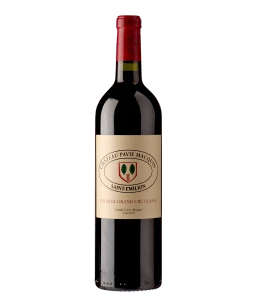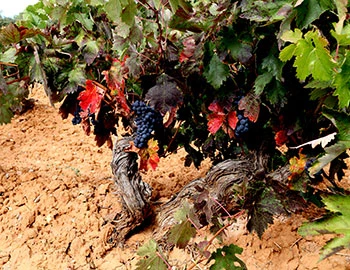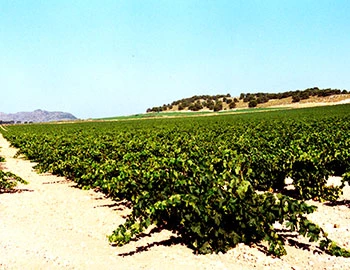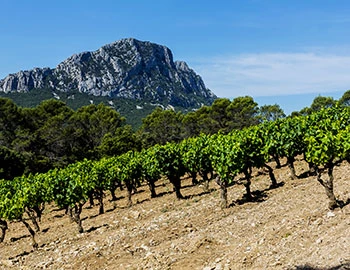St-Emilion
Saint-Emilion: unique Bordeaux idyll
A unique terroir, unique assemblage formula and a unique classification: Saint-Emilion occupies an exclusive position in Bordeaux. The wines are not as angular as in the Médoc, but not quite as opulent as in Pomerol. In terms of maturity, the wines fall between the early-maturing Pomerols and the Médoc growths, which require plenty of time. In assemblages, Merlot often plays the formative role. But Cabernet Franc also contributes greatly to the unique Saint-Emilion feel.
Red wines from St-Emilion
With its idyllic old town of narrow streets climbing to the famous limestone plateau, Saint-Emilion (population 2,000) is considered the archetype of a peaceful Bordeaux town. For this reason, it is a popular destination for many wine tourists. On some days, the visitor numbers are almost as high as in the resort areas on the coast. But there have always been travellers here – Saint-Emilion is situated on a central pilgrimage route to Santiago de Compostela. Roman legionaries were the first to cultivate wine here, but local viticulture only really picked up in the 13th century. Today, the town attracts equal proportions of connoisseurs and investors, as the style of Saint-Emilion wines, with their balance of structure and soft body, corresponds well to modern wine tastes.
Lime, mixed with clay or sand
Because the vineyards on the plateau of Saint-Emilion are situated up to 100 meters above sea level, and hence significantly higher than in the Médoc, and because temperature-modulating bodies of water are largely absent, Cabernet Sauvignon does not always mature optimally here. Merlot, on the other hand, presents all of its class, and for this reason plays the leading role in the assemblages of most chateaux. The importance of Cabernet Franc is often underestimated, lending the wines the necessary spice and structure. Today, around 1,000 winemakers cultivate an area of about 5,200 hectares. Along with the neighbouring Pomerol AOC, Saint-Emilion plays the leading role on the right bank of the Gironde and Dordogne rivers. The area is also called Libournais for short.
The soil conditions on the plateau are complex. Around the town, where the limestone soils have high clay content, strong crus are grown, while the wines produced from the gravel soil near the border with Pomerol captivate with their elegance. In the lower sites of Saint-Emilion, vines are rooted in sandy alluvial soil.
64 classified crus
Saint-Emilion has a completely separate classification, one which is much more flexibly and more quickly applied than that of the Médoc. As well as the market price and the terroir, the quality of the recent vintages and ratings from wine critics and merchants are considered. In the most recent classification in 2006, four estates received the highest rating (Premier Grand Crus Classé A) and 14 received the second highest rating (Premier Grand Cru Classé B). A further 46 chateaus were classified as Grand Cru Classés.








